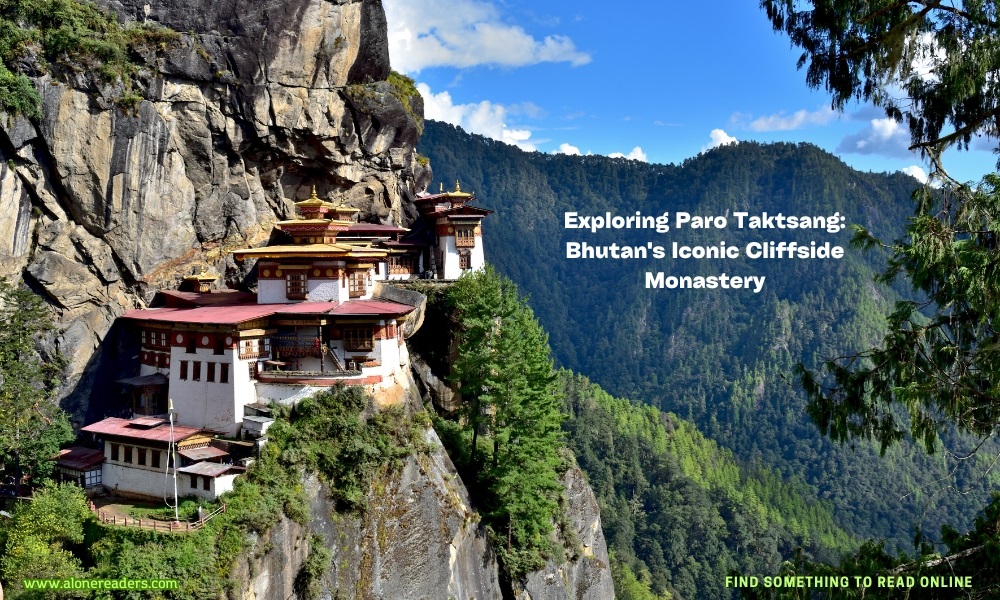
Perched precariously on the edge of a 3,120-meter cliff in Bhutan, Paro Taktsang, or the Tiger's Nest Monastery, is not only a testament to human ingenuity but also a spiritual sanctuary that has attracted pilgrims and travelers alike for centuries. This iconic temple complex, with its awe-inspiring location and mystic aura, encapsulates the profound spirituality and cultural richness of Bhutan.
The origins of Paro Taktsang are as mystical as the mist that often shrouds its ancient walls. According to local legend, the site owes its inception to Guru Padmasambhava, also known as Guru Rinpoche, who is credited with introducing Buddhism to Bhutan. It is said that in the 8th century, the Guru flew to this location from Tibet on the back of a tigress, a manifestation of his divine consort Yeshe Tsogyal, to subdue a local demon. He then meditated in a cave here for three months, laying the spiritual foundation upon which Paro Taktsang was built. The cave, still preserved within the monastery complex, remains a sacred site of pilgrimage.
The monastery itself was constructed in 1692, around the cave where Guru Rinpoche meditated. It consists of four main temples and several other rooms. The buildings are interconnected through rock stairways and balconies, all built directly into the cliffside, offering breathtaking views of the surrounding mountains and valleys. Despite the precarious location, each structure is beautifully adorned with fluttering prayer flags, colorful paintings, and intricate carvings that celebrate Buddhist lore and the unique cultural heritage of Bhutan.
Access to Paro Taktsang involves a trek that is as spiritually rewarding as it is physically challenging. The journey typically starts early in the morning and takes about two to three hours to ascend from the base camp, located near the Paro Valley. The path winds through beautiful pine forests, often draped in Spanish moss, and past sacred shrines and fluttering prayer flags. The air grows cooler and thinner as one ascends, and the peaceful silence is broken only by the rustle of leaves and occasional chants of pilgrims.
Upon reaching the monastery, visitors are greeted by the sight of the Taktsang’s golden roofs against the backdrop of stark blue skies and the lush greenery of the valley below. Inside, the monastery houses numerous shrines and a collection of religious artifacts, including statues, thangkas, and scriptures, which are not only venerated objects of faith but also works of exquisite art.
One of the most important rituals for visitors is to visit the holy cave where Guru Rinpoche meditated. This cave, a sanctum of profound peace and spiritual energy, is considered the heart of Paro Taktsang. Devotees often meditate or pray here, seeking blessings and spiritual enlightenment. The monastery also holds several festivals and religious ceremonies throughout the year, which are characterized by masked dances, music, and prayer offerings, drawing both locals and tourists who are eager to witness these vibrant cultural expressions.
The significance of Paro Taktsang extends beyond its religious implications; it is a symbol of Bhutanese identity and resilience. The monastery has survived multiple fires and earthquakes, including a devastating fire in 1998 that led to extensive restorations. These events have only reinforced its importance as a spiritual and cultural beacon for the Bhutanese people.
Despite its remote location and the challenging trek required to reach it, Paro Taktsang continues to fascinate and inspire thousands of visitors each year. It stands not only as a monument to the spiritual history of Bhutan but also as a testimony to the dedication and faith of the Bhutanese people who continue to preserve and cherish this extraordinary site.
In conclusion, Paro Taktsang is not just a destination; it is a journey into the heart of Bhutan’s cultural and spiritual ethos. For those who make the trek, the Tiger's Nest offers more than just panoramic views and historical insight—it offers a profound connection to the mystical and the divine, wrapped in the serene embrace of the Himalayas.